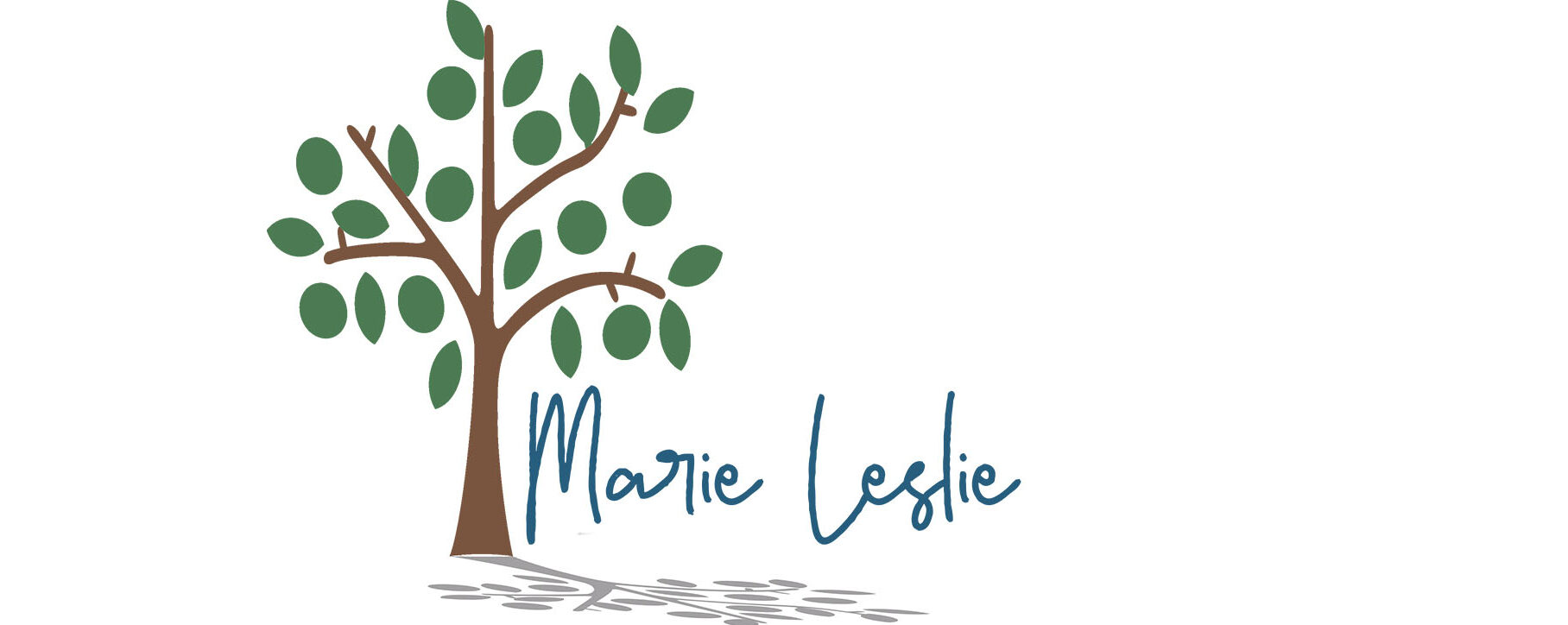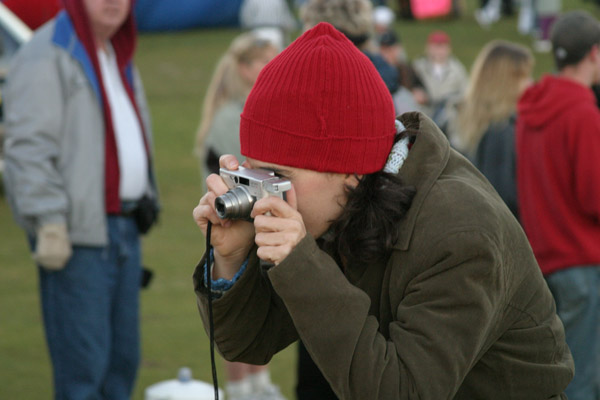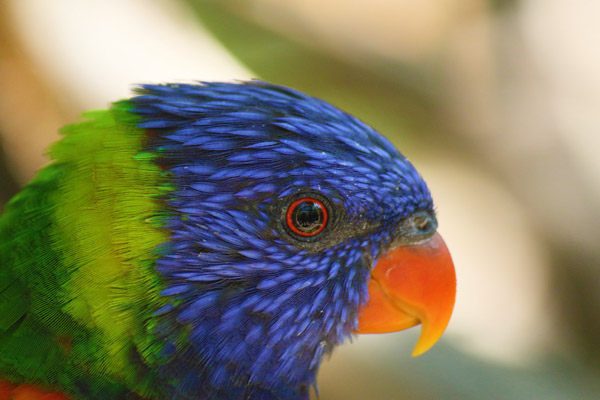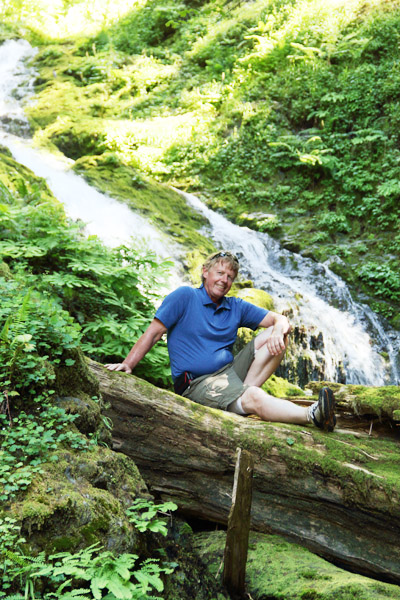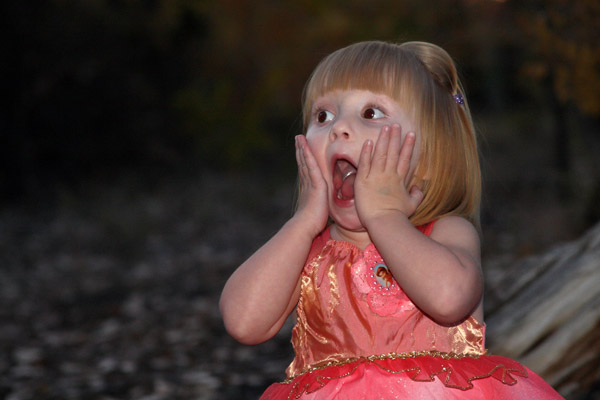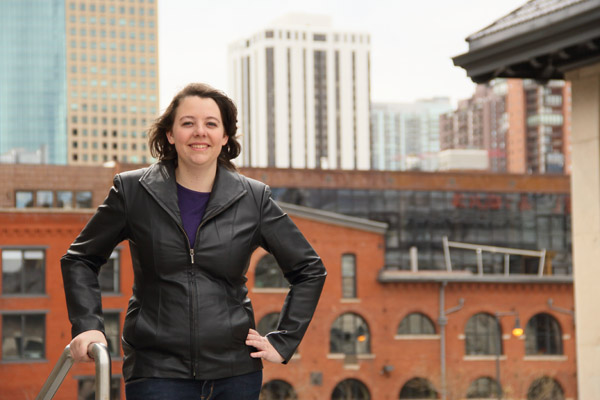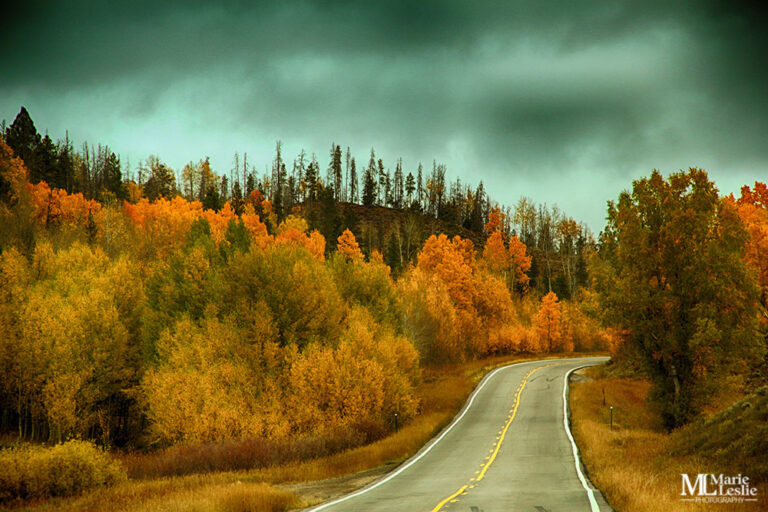9 Things That Will Improve Your Photography Now
Do you want to be a better photographer? You don’t need a degree or expensive courses to improve your skills, though attending photography classes and workshops can be fun and rewarding. Independent study and practice can also improve your photography. While I definitely recommend workshops and classes, especially if you want to become a professional photographer, here are 9 things you can start doing today that will improve your photography now.
Take Lots of Pictures
Practice makes perfect, and that is definitely true for photography. Get out and use your camera. Give yourself assignments. With digital photography, it doesn’t cost you any more to take several different shots of a subject, experimenting with different angles and different camera settings. Compare and study your images to see what works and what doesn’t. Make note of that for your next outing.
Think Before You Click
Just randomly clicking the shutter is not the path to photographic happiness. Sure, if you take enough pictures the law of averages says something will eventually look good, but wouldn’t you rather have your artistic efforts not be subject to the law of averages?
If it’s an action shot, go ahead and click. But before you click again, stop and look at your scene. Could you move to the left, right, up or down for better composition? Are there things you see in the frame that distract from the subject? Could you zoom in or out for better composition? Can you change your camera settings to improve the image?
Take Your Camera With You
If you don’t have it, you can’t use it. Looking at a scene and thinking “that would be a great photo” is not the same as actually creating said photo. Get in the habit of having a camera handy so you can take advantage of every opportunity to practice.
Learn to Use More than the Auto Setting on Your Camera
If your camera is anything like mine, it has a raft of settings on it. If you haven’t moved it off the “P” setting or the “Auto” setting since you bought it, it’s time for you to get bold and learn to use those other settings. Your first reference for this should be your camera’s instruction manual. Did you toss that, thinking you’d never need it? Check the manufacturer’s website. They often have them available for download.
Move In
There are few pictures, at least portraits, that are not improved by moving in closer. As one of my early photography instructors said, you paid for the film, you ought to use all of it. If a person or people (or a pet) is the subject of your photograph, then make sure they are big enough to see.
Engage with Your Subject
When you are taking pictures of people, help them to relax and be comfortable in front of your camera. While it’s traditional to “say cheese,” that rarely actually produces a great portrait. Talk with your subjects, interact with them and get them to talk to you. Get your face out from behind the camera and help them to feel at ease. When you do that, you’ll get natural expressions that are much more pleasing than “cheesy.”
Learn and Use the Rule of Thirds
The rule of thirds is one of the key principles of art. Think of your camera’s viewfinder or viewscreen as a tic-tac-toe grid. Placing the focus of your image on one of the intersections instead of right will give your photographs more interest in the composition and produce more pleasing images. You can learn more about photography and the rule of thirds in this post.
Try Different Angles
To end boring photographs, try shooting from different angles. Instead of standing and taking all of your photographs from your eye level, try something different. Shoot from a high angle, shoot from a low angle, move right, move left. Different perspectives can completely change the look of a photograph. If you’re taking pictures of people, get up or down to their eye level. You can even tilt the camera, but be careful with this one—landscape photographs rarely look better when the horizon is crooked. A little experimentation can make a big difference in your photographs.
Study the Work of Other Photographers
Do you want to be a better photographer? Study the photographers you admire. Whether it means checking out books from the library, visiting art galleries or web surfing photographers (you can find a few of my favorites here). Look at the posing, the lighting, the composition, and then try to incorporate those principles in your own work. IMPORTANT NOTE: I am not telling you to copy the work of other artists. That is stealing and it is wrong. DO NOT imitate, duplicate or copy the work of other photographers. This is especially reprehensible if you claim to be a professional.
Choose one or more of these to try and let me know how they work for you. Do you have other photography questions? Please share them in the comment section below. I am always happy to answer questions—you may help me with the subject for a future blog post.
